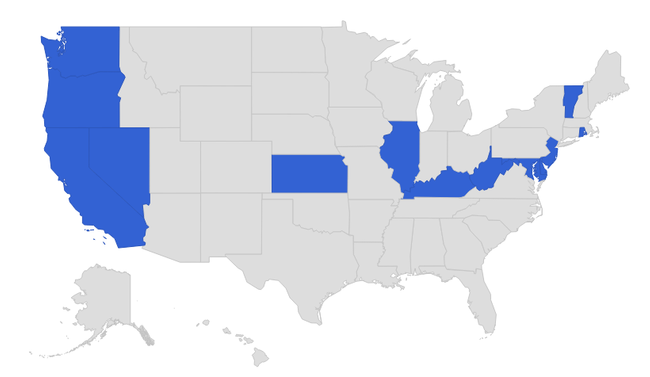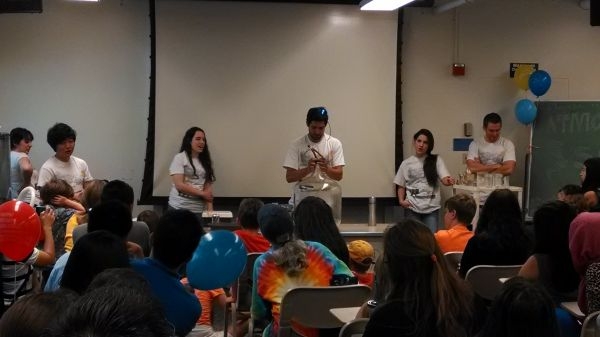When did you first learn about climate change?
With the Next Generation Science Standards (NGSS), students will be introduced to concepts on climate change beginning in middle school. The NGSS was released in 2013 as the new framework for effectively teaching and assessing STEM education, based on scientific research by the National Research Council. The subject areas include the physical sciences, life sciences, earth and space sciences, engineering, technology, and applications of science.
At this time, only 13 states have adopted the NGSS. In other regions, controversy over acceptance of climate change has stalled adoption. However, California adopted the NGSS in September 2013.

At UC Davis, the Mathematics and Science Teaching Program team on climate change is currently working on developing teaching modules incorporating these new standards. In working with the team, led by Professor Tessa Hill and Mary-Betty Stevenson, I contributed to the design, content, and execution of climate change lessons targeted to middle school grades.
This spring, middle school students from local schools will be coming to UC Davis to participate in these climate change activities. Groups of students will rotate between modules, which are designed for 25 minutes and can be easily duplicated in the classroom. Designed to be engaging, hands-on activities that introduce students to the concepts of climate change while incorporating skills in math and chemistry, these modules include ocean acidification games, demonstrations on changes in pH using household products, and modeling atmospheric carbon dioxide data. Lesson plans from these activities will be made available for teachers, with the hope that they become widespread.
Let the learning begin!
